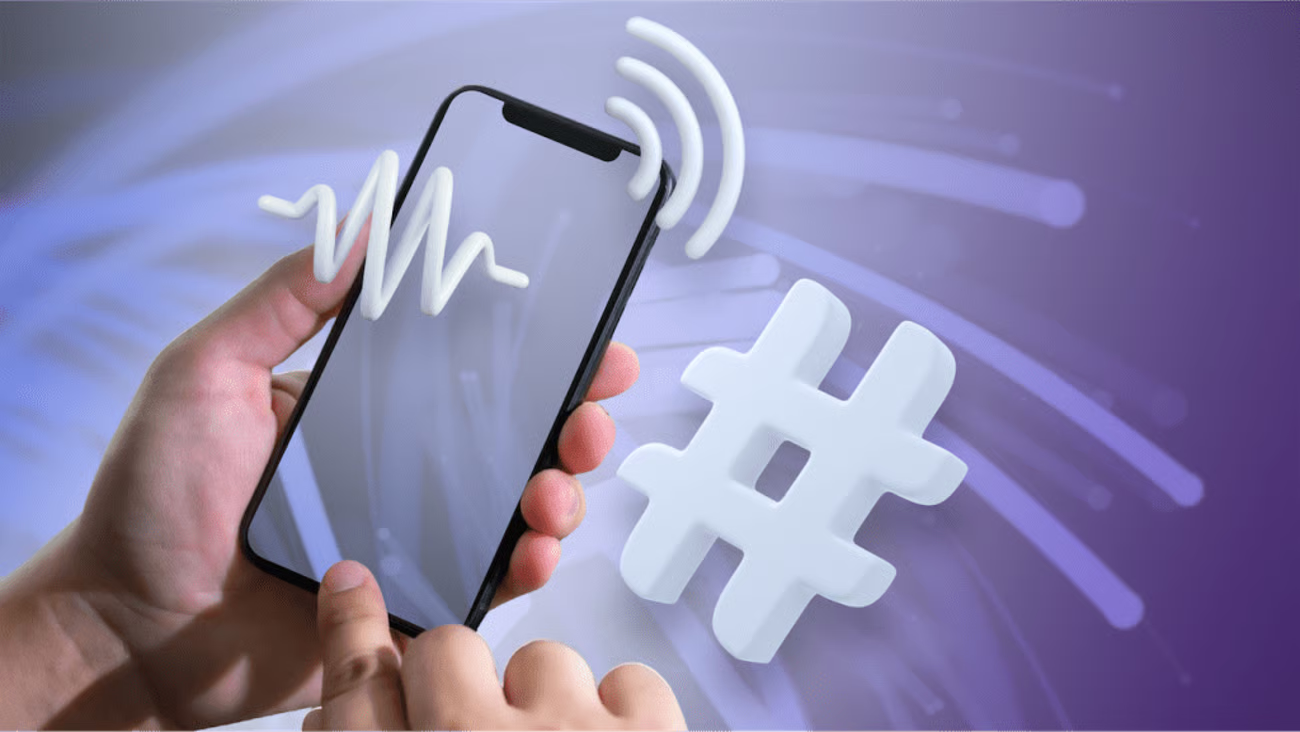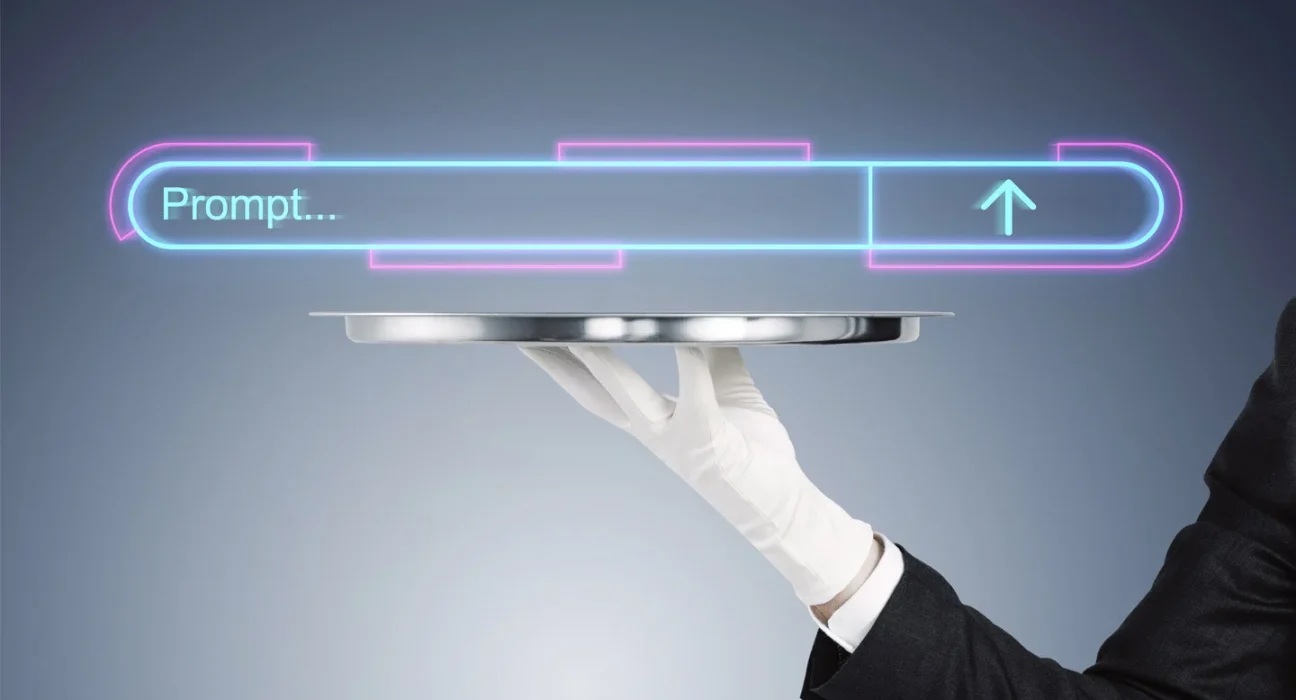The web has transformed from a simple information-sharing tool into a powerful ecosystem that shapes nearly every aspect of our lives. What started in the early 1990s as static HTML pages has now become a dynamic, interactive, and intelligent network that powers commerce, education, entertainment, and communication worldwide. As technology advances, the web continues to evolve—bringing both exciting opportunities and complex challenges.
This article explores the history of the web, its current state, and the innovations driving its future.
The Early Days: Web 1.0
The first stage of the internet, often referred to as Web 1.0, was a collection of static websites. These sites were built primarily with HTML, and their purpose was to display information rather than foster interaction. Businesses and individuals used the web as a digital brochure, offering users little more than the ability to read text or view images.
There were no social networks, video streaming services, or interactive applications. Search engines were in their infancy, and most users discovered websites through directories like Yahoo or by typing URLs directly. Despite its simplicity, Web 1.0 laid the groundwork for what was to come, providing the infrastructure for global connectivity.
The Rise of Web 2.0
Around the early 2000s, the internet entered a new phase: Web 2.0. This era was defined by interactivity, user-generated content, and social connectivity. Websites were no longer static pages but platforms where users could engage, share, and collaborate.
Key features of Web 2.0 included:
-
Social media networks like Facebook, Twitter, and LinkedIn, which transformed communication.
-
E-commerce platforms such as Amazon and eBay, revolutionizing shopping habits.
-
Streaming services like YouTube, which made video content easily accessible.
-
Collaborative tools like Wikipedia and Google Docs, where users could contribute knowledge and work together in real time.
The shift from passive consumption to active participation marked a turning point in the web’s history. Businesses embraced digital marketing, users became content creators, and the line between producer and consumer blurred.

The Current Era: Web 3.0
Today, we are in the midst of Web 3.0, a decentralized and intelligent evolution of the web. While still in development, Web 3.0 represents a move away from centralized platforms and toward technologies that prioritize user control, privacy, and intelligence.
Key elements of Web 3.0 include:
1. Decentralization
Unlike Web 2.0, where a handful of companies dominate, Web 3.0 uses blockchain technology to distribute data and power across networks. Decentralized applications (dApps) and cryptocurrencies like Ethereum and Bitcoin illustrate this shift, enabling peer-to-peer interactions without intermediaries.
2. Artificial Intelligence (AI) and Machine Learning
AI is making the web smarter. Search engines now deliver more accurate results, recommendation systems personalize user experiences, and natural language processing allows voice assistants like Alexa and Siri to understand complex queries.
3. Semantic Web
The idea of the semantic web, introduced by Tim Berners-Lee, is central to Web 3.0. It enables machines to understand data contextually, creating a web where information is not only linked but meaningful. For example, search engines can distinguish between “Apple the fruit” and “Apple the company.”
4. Enhanced Privacy and Security
With rising concerns over data misuse, Web 3.0 emphasizes privacy. Technologies such as zero-knowledge proofs and encrypted communication allow users to maintain control of their digital identities.
The Role of Web Design and Development
As the web evolves, so does the way we design and build it. Modern websites must balance aesthetics, functionality, and performance.
-
Responsive design ensures that websites work seamlessly on desktops, tablets, and smartphones.
-
Progressive Web Apps (PWAs) combine the best features of web and mobile apps, offering offline functionality, push notifications, and fast loading speeds.
-
Accessibility has become a priority, ensuring that websites are usable by people with disabilities through features like screen reader compatibility and keyboard navigation.
-
Performance optimization is crucial, as users expect pages to load in seconds, and search engines reward speed with higher rankings.
The web is no longer just about content—it’s about creating experiences that are engaging, inclusive, and efficient.
The Impact of E-Commerce and Digital Business
The web has completely reshaped the business landscape. Online shopping is now a multi-trillion-dollar industry, with platforms like Shopify enabling small businesses to compete globally. Digital payments, from PayPal to Apple Pay and cryptocurrencies, have made transactions faster and more secure.
Moreover, businesses use the web for more than just sales. Customer service chatbots, targeted advertising, and data analytics allow companies to build stronger relationships with consumers. In a digital-first economy, a company’s web presence often determines its success.
The Future of the Web
As we look ahead, several trends are likely to shape the future of the web:
1. Metaverse and Immersive Experiences
Virtual reality (VR), augmented reality (AR), and mixed reality (MR) are converging to create immersive online experiences. The metaverse—an interconnected virtual universe—promises new ways to socialize, work, and shop. Websites may evolve into 3D environments where users interact with content as if it were physical space.
2. 5G and Beyond
The rollout of 5G networks will dramatically increase internet speeds and reduce latency. This will enable seamless streaming, real-time collaboration, and advanced IoT applications. In the future, 6G could unlock even more transformative possibilities.
3. Increased Automation
AI-driven automation will streamline website management, content creation, and customer interaction. Chatbots, voice search, and auto-generated designs are just the beginning.
4. Green Web Technologies
Sustainability is becoming a priority in web development. Energy-efficient hosting, carbon-neutral websites, and eco-conscious coding practices will help reduce the internet’s environmental footprint.
Challenges Ahead
Despite its progress, the web faces significant challenges:
-
Digital inequality: Millions still lack reliable internet access, creating a digital divide.
-
Cybersecurity threats: As the web grows, so do risks like hacking, ransomware, and identity theft.
-
Misinformation: The rapid spread of fake news and disinformation remains a serious concern.
-
Regulation vs. innovation: Policymakers must balance privacy protection and innovation without stifling growth.
Addressing these issues will be critical to ensuring the web remains a tool for positive global change.

Conclusion: A Connected Future
The web has come a long way since its early days of static pages. From the interactive explosion of Web 2.0 to the decentralized promise of Web 3.0, it continues to redefine how we live, work, and connect.
As AI, blockchain, immersive technologies, and faster networks converge, the web of the future will be smarter, more personalized, and more immersive than ever before. But progress must be balanced with responsibility—ensuring that security, privacy, accessibility, and equality remain at the core of its growth.
The web is not just a technology; it is a living ecosystem that reflects humanity’s creativity, collaboration, and ambition. Its future will be defined not only by innovation but by the choices we make in shaping a digital world that benefits everyone.

